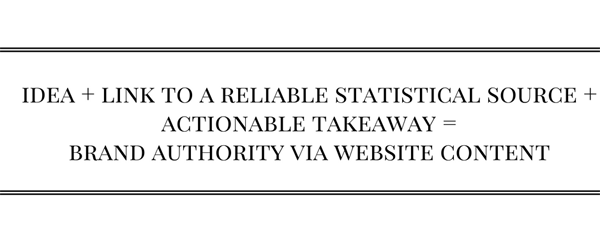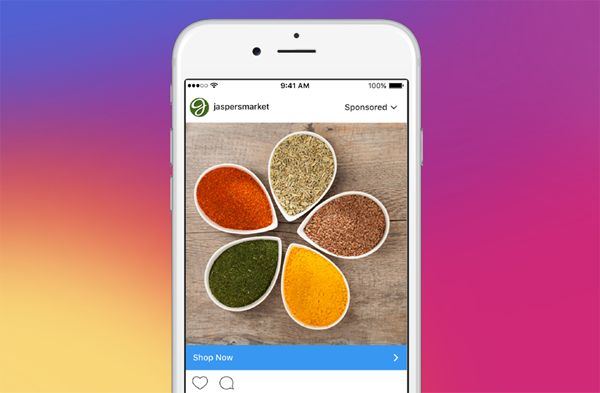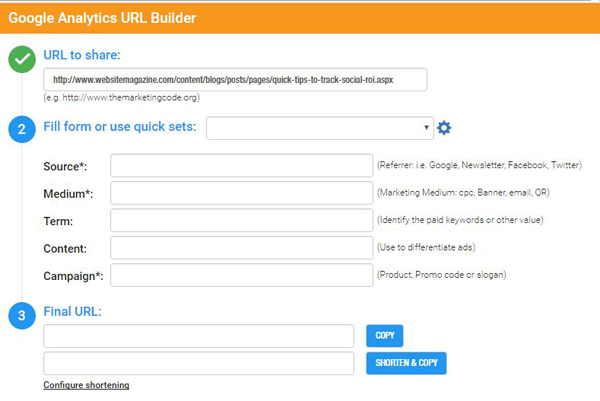Create Content That Converts With These Seven Tips

Content that's well-researched, engaging, and actionable remains the bedrock of an effective inbound marketing campaign. In fact, 89 percent of organizations use content marketing, according to the 2017 Benchmarks, Budgets, & Trends report from Content Marketing Institute (CMI) and MarketingProfs (open PDF here).
Inbound marketing requires marketers to produce content that resonates with their target audience instead of relying on traditional hard-sell tactics. This soft-sell methodology follows a four-stage funnel where strangers become visitors, then leads, customers, and eventually promoters of the company - all by virtue of the quality of the content and the "delight" that the product or service brings to them.
Content only works if it sells. Your website content needs to advance readers from one stage of the buying journey to the next. Whether you've just launched your website or have been producing content for some time and are looking for new ideas, this article on how to create website content that keeps converting is for you.
1. Identify your target audience
In a 2015 IBM Digital Experience Survey cited in a CMI article, 56 percent of marketers said that personalized content promotes higher engagement.
Personalization starts with knowing who your target audience is, and that starts with creating buyer personas. Identify the buyer types you want to attract. Generally, these are the people who will benefit from your product or service. Research the questions and topics that interest them in the forums, websites, and social media channels they frequent. Q&A sites like Quora, Reddit or Stack Exchange can also help.
Where are they located? How old are they? What are their interests? What are their pain points? Provide as much detail as possible when creating your buyer personas. The insights you gather should then serve as guides when you plan out topics for your content calendar.
2. Make your headline & lead engaging
Merriam-Webster defines the lead as "the introductory section [...] intended to entice the reader to read the full story." It's the lead paragraph and should contain a catchy opening sentence, which could be an engaging question, a scandalous declaration, an intriguing statement or a juicy statistic. Whichever technique you use, a good lead does one thing - it draws in your target audience.
Because the average human attention span is shrinking, partly because of technology, a reader only has the first eight seconds to decide whether or not they will read your content, and you have to take advantage of this critical timeframe, or the effort will go to waste.
Clickbait and listicles, no matter their reputation, are effective at catching a reader's attention. BuzzFeed, ViralNova and Upworthy are a few examples of online media outfits that have mastered this trend. Other major publications resisted at first but eventually gave in, as evidenced by the deluge of clickbait headlines from the likes of Reader's Digest, Harper's Bazaar, Time and Forbes, among others.
Also, it was through these catchy headlines that BuzzFeed evolved from a 9gag alternative into a billion-dollar company, what Fast Company refers to as a "globally distributed digital media powerhouse" with approximately 79 million monthly readers.
3. Link to reliable sources
An American Press Institute study found that 85 percent of American readers ranked accuracy as the most important basis for trusting a news source.
For readers to trust your business, you have to consistently produce material that is accurate, timely and well-researched. The same goes for your website content. If you want readers to keep coming back for more, link to reliable sources to support your premise, especially when using surveys, research, and studies.
This works even from an SEO standpoint. Search engines follow outbound links except when you set them to rel="nofollow." Therefore, it makes no sense to give Google and the other search engines a reason to frown at your site for linking to spam blogs or banned sites.
4. Include actionable tips
To build brand authority through your website content, include clear, actionable tips your readers can immediately implement.
Here's an example:
"It's your job to keep returning customers happy. A study found that 74 percent of consumers are fed up with content not suited to their tastes every time they visit their favorite websites. To avoid this type of customer dissatisfaction, remove any irrelevant ads on the page and focus on pushing content that you've specifically created for your ideal customer."
Use the formula: idea + link to a reliable statistical source + actionable takeaway.

In the example, the idea is to keep returning site visitors happy. Linking to a legitimate study reinforces your position, and the actionable tip tells them something they can perform on their sites right away.
5. Offer incentives
Consumers love content, especially the interactive, multimedia variety and even more so if it's free. Capitalize on this. To get more subscriber opt-ins, offer your readers a free PDF download, an interesting marketing video or documentary, an infographic, a whitepaper or even results to a personality questionnaire.
When Demandbase developed a B2B marketing ebook for their audience, they didn't stop there (open PDF here). The Demandbase team repurposed the ebook's content and created a video, an infographic and even an interactive quiz. The result, according to TopRank Marketing, was "960 percent directly attributed ROI" and "$8 million in pipeline revenue."
Other businesses offer their services or tools for free for a limited time. Amazon Prime, Netflix and other online marketplaces provide a month's free access in exchange for a potential customer's email address. The "ethical bribes" you use will depend on your business model and what you are selling.

6. Create and display clear calls-to-action
The success of your content depends on the number of visitors you convert, and this number hinges on how strong your calls-to-action (CTA). It's vital you create a clear CTA and put it in the best position for readers to see it.
Compelling CTA buttons have the following characteristics:
- They're clear and concise, no more than 15 words
- They're highly visible and easy to find
- They use action words such as "download," "get" and "open"
- They create a sense of urgency, such as "offer valid until tomorrow only"
- They include "click triggers," such as a money-back guarantee, testimonials, or reviews
- They use contrasting colors
- They're constantly tested and optimized
In June 2016, Instagram introduced a new CTA design. Game advertiser Nanigans conducted a study to see how effective the new design was at boosting ROI and conversions. Interestingly, the study found a 32 percent increase in click-to-install conversion rates, 12 percent improvement in cost per install (CPI) and a 6 percent increase in click-through rates (CTR).

7. Document your strategy and track your progress
According to the same CMI/MarketingProfs report, only 41 percent of B2B marketers know what content marketing success looks like, and only 37 percent have a documented content marketing strategy.
Use Google Analytics to pinpoint exactly which types of articles get the most eyeballs, social media shares and opt-ins, as well as which CTA types and formats convert the best. Bolster your Goggle Analytics configuration to better analyze and measure your content marketing efforts (like using source-rich URLs), and monitor the best days and times to post about certain topics and which issues your target audience cares more about.

Final word
Consistently developing website content that converts is not easy. It takes time, lots of it. But having a game plan can set you on the right track. Start with understanding the pulse of your target customer. Write content that builds trust. Set success benchmarks and measure your progress. And finally, make strategy adjustments when and where they make sense.
What tips can you add? Let us know in the comments.

Subscribe to Our Newsletter!
Latest in Social Media










